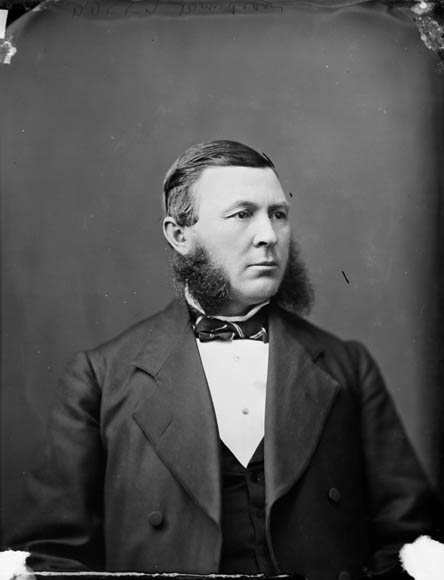 |
| Canadian Military Heritage Gateway |
The tortured were kept alive throughout the night, and revived if they passed out from the pain. Iroquoians adapted a form of sun worship in which the prisoner was finally put out of his misery when the sun rose in the morning. Cannibalism was not uncommon. Those who were particularly stoic would have their heart cooked and distributed among the young men to eat.
 |
| Champlain and Huron Allies attacking an Iroquois Fort on the Richelieu in 1610. CMHG |
Miller notes that these practices were both sun worship and a masculine "cult of prestige". (p.13) By eating a portion of a brave soldier's heart, the young men could gain some of their captive's bravery. Interestingly, after contact, Europeans also participated in the desecration of their Native opponent's bodies. Desmond Morton notes is his A Military History of Canada that while such mutilation was part of Iroquoian religious ceremony, the Europeans had no such cultural justification for their actions.








